The story behind the carapace platform
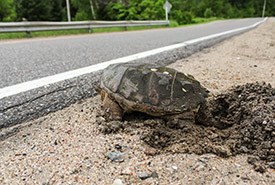
Snapping turtle crossing the road (Photo by Olivier Cameron-Trudel)
On World Turtle Day (May 23), I will kick off a third season of carapace.ca. Since its launch across Quebec in 2017, the popularity of this online tool, which allows citizens to report the presence of turtles on roads, has been growing. Every...
International Day of Biological Diversity: A thank you note to Algonquin Park
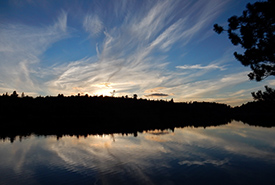
Joe Lake, Algonquin Provincial Park (Photo by Brett Hodnett/Wikimedia Commons)
Three. That’s how many Nature Conservancy of Canada (NCC) supporters recently (within the span of a week) shared with me that their current passion for nature and support for our work at NCC was sparked by spending time in Algonquin Park...
Think globally, conserve locally
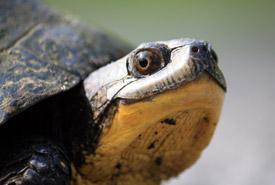
Blanding's turtle (Photo by Gabrielle Fortin)
At the beginning of May, representatives of 132 governments around the world released a United Nations report that issues a stark warning: the accelerating deterioration of nature is jeopardizing humanity’s collective future. The report is...
Success under pressure: Helping landowners succeed with stewardship in southwestern Ontario
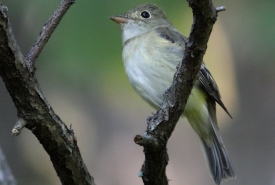
Acadian flycatcher (Photo by Bill Hubick)
The Carolinian ecoregion of Canada makes up one per cent of the country’s total land mass and is limited to southwestern Ontario. Many of the region’s 70 tree species — such as tuliptree, pawpaw and sycamore — are found...
Buzzing down the house: An update
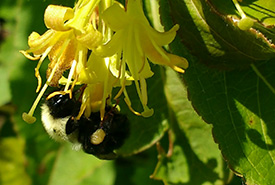
Bumble bee (Photo by Amanda Liczner)
This is an update to a post I wrote last year. The data has now been analyzed, and the results are ready for sharing. We commonly hear that bees are in decline and that we need to save them because they are important pollinators of crops and...
Where are they now? Intern Alumni Spotlight: Sarah Ludlow
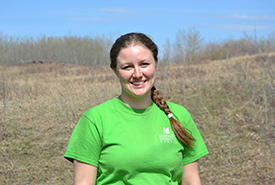
Sarah Ludlow at Meeting Lake, SK (Photo by NCC)
This blog marks the 10th Intern Alumni Spotlight — a series highlighting some of the individuals who have interned with the Nature Conservancy of Canada (NCC) in the past. Last month, Brett Norman was featured as the Intern Alumni Spotlight,...
Are you seeing the whole picture? Using elevation data to help conserve biodiversity
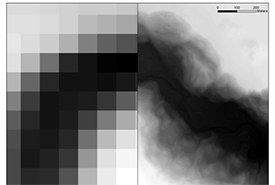
Elevation data showing the Beaver Creek River Valley. Historic data (100-metre resolution) vs. newly available LiDAR data (> one-metre resolution). (Image by NCC)
As a land planner, I am always looking for new ways to learn more about the landscapes in which the Nature Conservancy of Canada (NCC) works. Enter LiDAR (or light detection and ranging), a technology that has been around for decades but...
Native grassland is important habitat for grassland birds
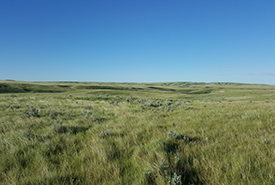
Native grassland (Photo by Sarah Ludlow/NCC staff)
Saying that native grassland is important habitat for grassland birds seems quite obvious. And you might think to yourself, “Of course grassland birds like grassland habitat; it’s right in the name!” The important point to note...
Driving Miss Hazel
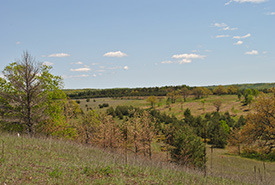
Hazel Bird Nature Reserve, ON (Photo by NCC)
Nature Conservancy of Canada (NCC) staff like to say that science drives our conservation work. This is true, but sometimes while following the science, we stumble into something unexpected and truly amazing. Let me explain. Back about 20 years...
Something’s Fishy: Atlantic whitefish
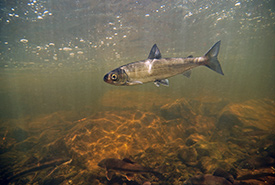
Atlantic whitefish (Photo by Bob Semple)
In the cold waters of Nova Scotia’s Petite Rivière watershed swims a fish so elusive that, without action, it might never be seen again. Size and appearance This silvery-sided species, with its blueish-green back, is commonly...

